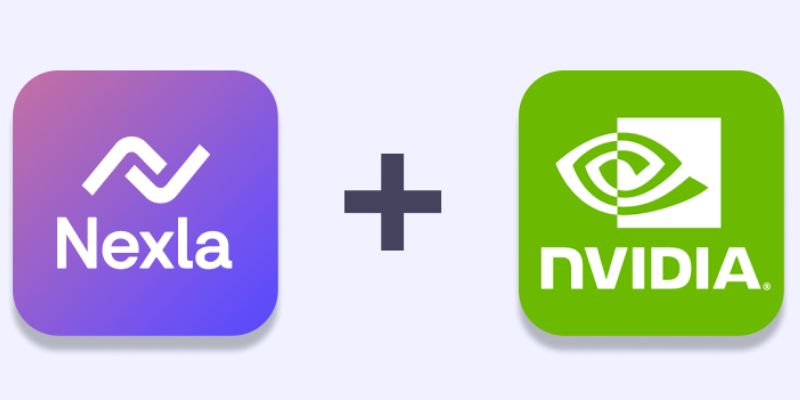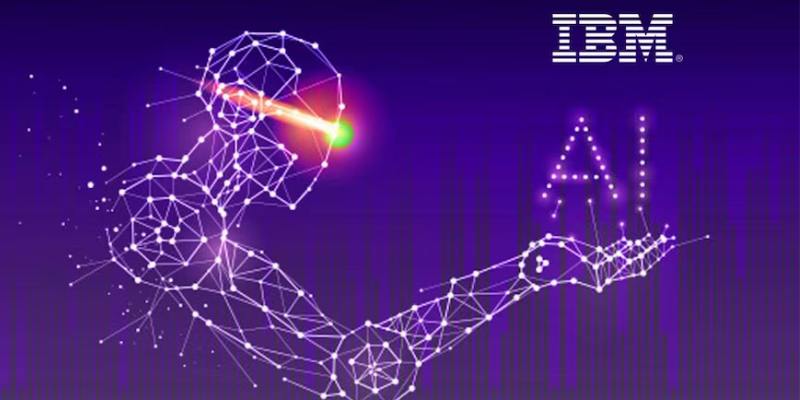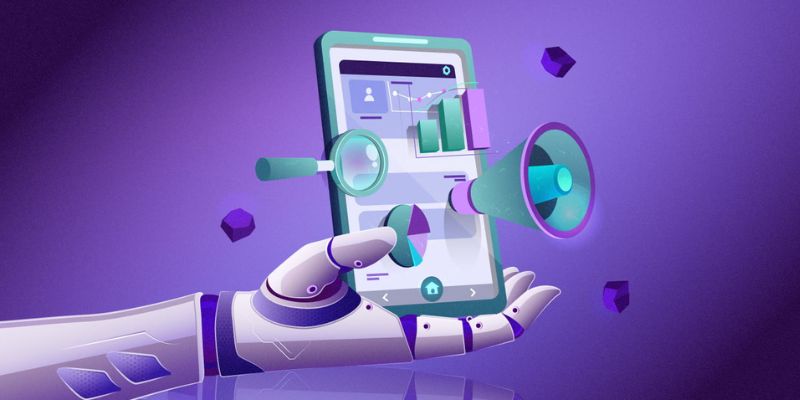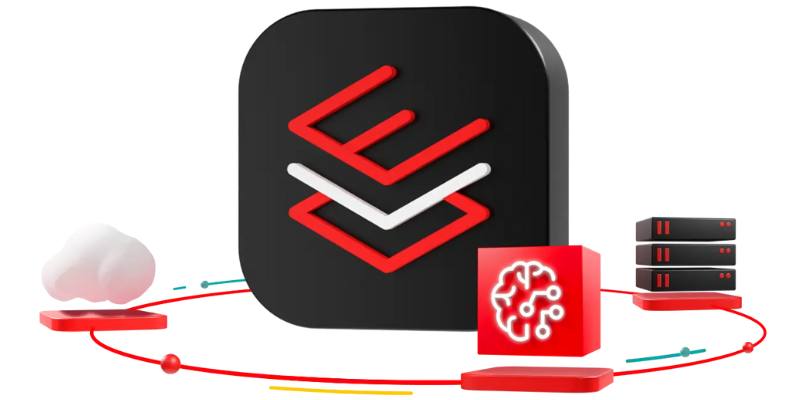Advertisement
Long-standing pioneer in business networking and communication technology, Cisco has boldly advanced by including a strong artificial intelligence assistant into its Webex system. This improvement marks a basic change in the management of office and contact centre processes, not just a minor update. Cisco's decision to include intelligent automation into Webex marks a purposeful attempt to rethink productivity, collaboration, and service delivery as companies adopt hybrid work patterns and raise customer experience demands.

Cisco has turned Webex from a standard collaboration tool into a dynamic, AI-powered workplace with the release of the Webex AI Assistant. Using reproductive AI and natural language processing, the assistant guides consumers through difficult processes, automating repetitive chores, and extracting important insights from interactions.
Cisco presents Webex as a key hub for hybrid productivity by integrating real-time artificial intelligence assistance with video conferencing, messaging, telephony, and contact centre capability. Acting as a digital co-pilot, the AI Assistant helps staff members work smarter and customer support representatives answer questions more quickly.
Office settings have become increasingly complicated with staff members juggling many technologies, communication routes, and data sources. Through job execution simplification, the Webex AI Assistant overcomes this complexity. All without user involvement, the assistant may automatically create summaries, highlight important topics, and find action items in meetings.
Furthermore, real-time transcription, live translation, and agenda development for meetings provide contextual assistance for the AI Assistant. These tools help to assure follow-through on covered subjects, lower meeting tiredness, and lessen the need for hand note-taking. Teams can concentrate on strategy and decision-making while artificial intelligence handles the specifics.
One of the most demanding places in any company is the contact centre, hence Cisco has built its AI improvements considering this. Intelligent routing, sentiment analysis, and real-time agent support, driven by the AI Assistant, help Webex Contact Centre now enjoy.
For instance, the AI may examine consumer tone and purpose to decide the optimum path for a call or chat, boosting first-contact resolution levels. It may also provide agents with real-time relevant information and proposed answers so they may quickly and more accurately address problems. These features lower average handling time, increase agent output, and raise client satisfaction.
The Webex AI Assistant's real-time language and sentiment analysis is among its most remarkable qualities. This capacity spans use cases in offices as well as in contact centres. The AI can identify the emotional tone of the meeting discussion and point out situations when misconceptions could develop.
Sentiment analysis helps managers and agents in customer service environments to track the quality and respond as needed. This enhances the results of current services and offers useful information for training and ongoing development.
Cisco's AI Assistant actively learns from user behaviour to provide tailored help, not just observes passively. Based on past activity, it may propose pertinent documentation, advise future actions, or automatically do repeated tasks. This degree of customising drastically cuts users' time looking for information or negotiating menus.
Workflow automation is especially useful in contact centres. The AI Assistant can handle chores such as tracking call summaries, changing CRM data, and escalating cases. This lessens administrative work and releases human agents to manage more complex, high-value consumer contacts.
Designed to interact effortlessly with Cisco's larger technological environment, Webex AI Assistant is. Whether users access Webex via desktop programs, mobile devices, or integrated room systems, the AI capabilities remain constant and easily available.
Cisco's emphasis on interoperability guarantees that the AI Assistant can pull and push data across other corporate platforms like Salesforce, Microsoft 365, and ServiceNow. This results in a single digital workplace where users may start projects, access data, and finish processes without always switching platforms.
Like all of its products, Cisco gives security and privacy great weight. Designed in line with Cisco's Trust Principles—which stress openness, responsibility, and user control—the Webex AI Assistant allows Organisations to set which artificial intelligence capabilities are turned on, how data is handled, and who gets access to insights produced by AI.
Cisco guarantees that all artificial intelligence systems follow worldwide data protection standards, including GDPR and CCPA. Furthermore, following ethical AI standards, the AI Assistant guarantees that judgements taken or recommended by the AI may be audited and understood using bias reduction and model explainability.
Hybrid work is now the accepted operating paradigm in the post-pandemic age. Designed to handle the difficulties of distant teams, the Webex AI Assistant is designed to handle the difficulties of distant teams. Regardless of time zone or location, features include asynchronous meeting summaries, clever scheduling, and task reminders to help keep everyone in line.
The artificial intelligence offers dashboards and data for managers that expose team involvement, meeting success, and communication styles. This realisation guarantees that hybrid work models stay inclusive and effective, utilising improved team support and resource planning.
Acquiring its AI Assistant reinforces Cisco's position in the very competitive collaboration and customer experience sector. Cisco distinguishes Webex from other systems, providing more surface-level automation by concentrating on deep AI integration and real-time support features.
Although rivals like Microsoft Teams and Zoom invest significantly in artificial intelligence, Cisco's edge is in its end-to-end ecosystem, combining networking, security, and collaborative tools. This enables Cisco to provide a more complete and safe AI-powered solution appealing to highly regulated sectors and big businesses.
Cisco wants to grow the Webex AI Assistant's capabilities even further. Roadmaps call for more support for industry-specific processes, voice interaction tools, and a closer connection with outside artificial intelligence models.
Cisco sees a day when artificial intelligence-driven insights and automation will enhance every workflow, from sales to support, HR to IT. The firm is dedicated to ongoing education and development; user comments help to shape the next improvements and features.

Cisco's Webex AI Assistant integration is a significant development in intelligent collaboration and customer service. Cisco is improving individual performance and changing organisational efficiency by incorporating artificial intelligence heavily into office and contact centre settings.
The AI Assistant distinguishes itself by combining real-time support, process automation, language comprehension, and deep personalisation in a safe and interoperable platform. Cisco's Webex AI Assistant provides a forward-looking solution that spans human competence and technology potential for companies negotiating the complexity of hybrid work and customer experience. Cisco's dedication to ethical, scalable, user-centric innovation sets it ahead in the next generation of business collaboration tools as artificial intelligence transforms the workplace.
Advertisement

Nexla's Nvidia NIM integration allows scalable AI data pipelines and automated model deployment, boosting enterprise AI workflows

Think My AI is just a fun add-on? Here's why Snapchat’s chatbot quietly helps with daily planning, quick answers, creativity, and more—right inside your chat feed

Pinecone unveils a serverless vector database on Azure and GCP, delivering native infrastructure for scalable AI applications

Discover how Sprinklr's AI digital twin revolutionizes customer experience through real-time insights and automation.

Explore how IBM's open-source AI strategy empowers businesses with scalable, secure, innovative, and flexible AI solutions.

Curious about AI prompt engineering? Here are six online courses that actually teach you how to control, shape, and improve your prompts for better AI results

Case study: How AI-driven SOC tech reduced alert fatigue, false positives, and response time while improving team performance

Know how AI-powered advertising enhances personalized ads, improving engagement, ROI, and user experience in the digital world

Learn why businesses struggle with AIs: including costs, ethics and ROI, and 10 things they can do to maximize output.

Discover how IBM and Red Hat drive innovation in open source AI using RHEL AI tools to power smarter enterprise solutions.

Discover 8 powerful ways AI blurs the line between truth and illusion in media, memory, voice, and digital identity.

Ever wanted to make lip sync animations easily? Discover how Gooey AI simplifies the process, letting you create animated videos in minutes with just an image and audio